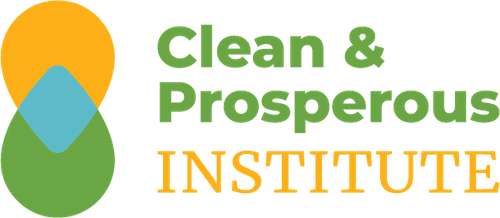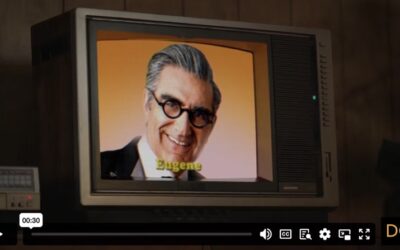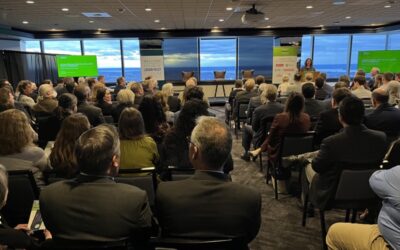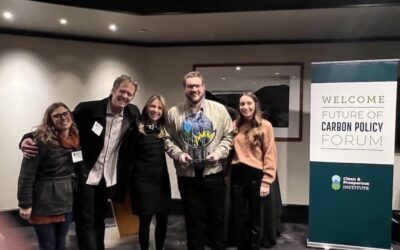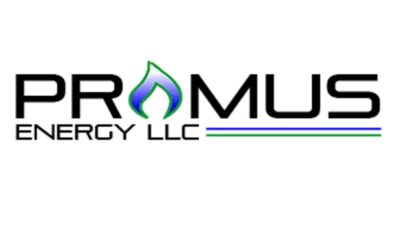All Stories
Study Mission 3.0: Quebec: Airplane reading
Clean & Prosperous Institute Study Mission 3.0: Quebec May 23-26, 2023Airplane reading Our time in Québec promises to be informative and inspiring, with tours and briefings that will elevate our understanding of what’s possible in our transition to a clean...
CPI Study Mission 3.0: Quebec – Waitlist Registration
Clean & Prosperous Institute Study Mission 3.0: Quebec May 23-26, 2023Registration WHAT'S INCLUDED: Accommodations, all meals (please advise if any dietary restrictions) and transportation within the Quebec province is included in the registration fee. Please note...
Wayne Gretzky said…
With the Kraken clinching a playoff spot, Wayne Gretzky came to mind. His approach to the game of hockey is a good reminder for us as we build Washington state’s clean economy. That’s why we’re “skating” to Canada -- to see where the puck is going to be.Clean Economy...
Come to Québec this May
Clean & Prosperous Institute has been at the forefront of educating climate stakeholders in Washington about other Cap-and-Invest programs in North America. During our two study missions to California, we met with top government officials, spoke with local...
Oh? Canada?!
If you watched the Super Bowl, you learned some things about Canada and all the things they’ve given us, courtesy of this Crown Royal ad, featuring Dave Grohl, of Foo Fighters and Nirvana fame:Did Canadians really invent American football? Peanut butter? Batteries?...
Today’s anatomy lesson
Kate Gordon, Senior Advisor to U.S. Secretary of Energy Jennifer Granholm, headlined our Future of Carbon Policy Forum on January 5th, addressing our capacity-crowd on the topic of “What the IIJA and IRA Means to Washington” (state, that is). As our Legislature –...
Announcing the Winner of the Giuliani Clean Energy Entrepreneur Award
Though she didn’t have a vote in the contest, Washington’s Commissioner of Public Lands Hilary Franz was especially pleased Thursday evening when she unsealed the envelope and announced Myno Carbon as winner of the 2023 David and Patricia Giuliani Clean Energy...
CPI Study Mission 3.0: Quebec
Clean & Prosperous Institute Study Mission 3.0: Quebec May 23-26, 2023Leaders are learners. As we look to learn about smart climate action, we’ve taken two study missions to California and now we’re expanding our horizons and traveling to Québec. Why Québec?...
Award finalist: Promus Energy
Washington’s Commissioner of Public Lands, Hilary Franz, will present the second annual David & Patricia Giuliani Clean Energy Entrepreneur Award on January 5th, atop Seattle’s Columbia Tower, at the Future of Carbon Policy Forum.The award, named after our...
